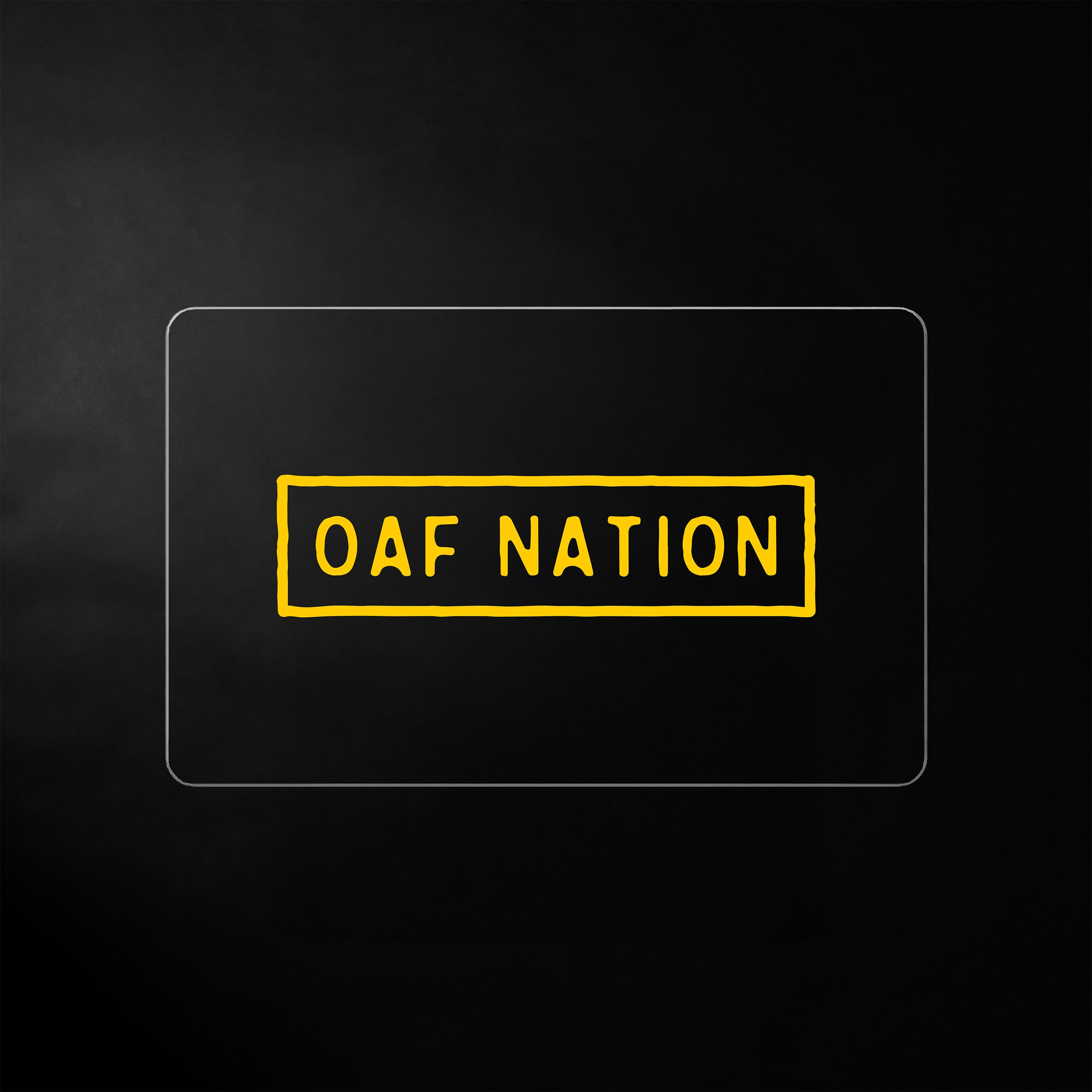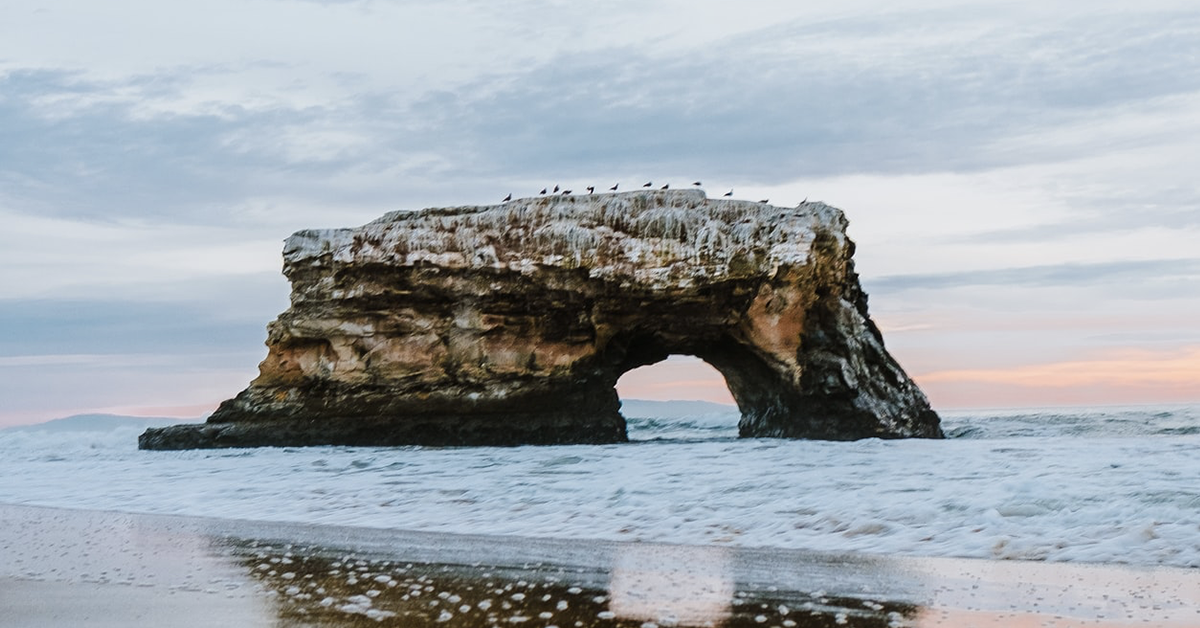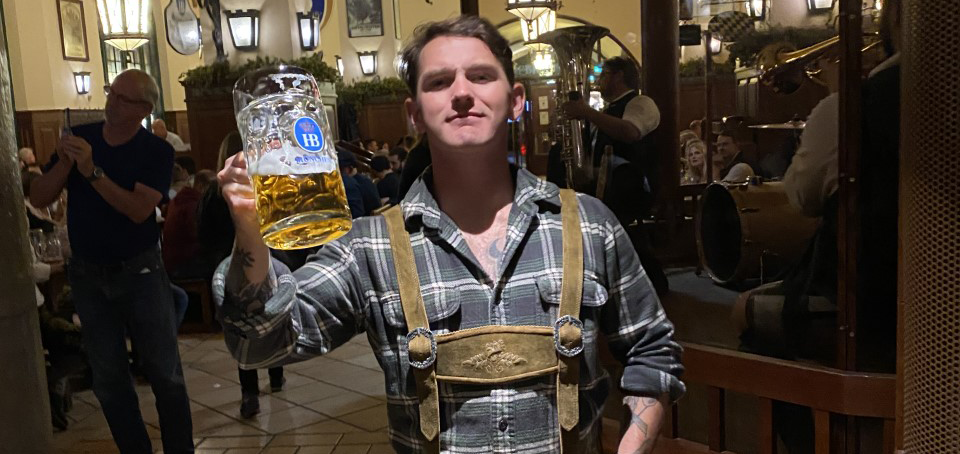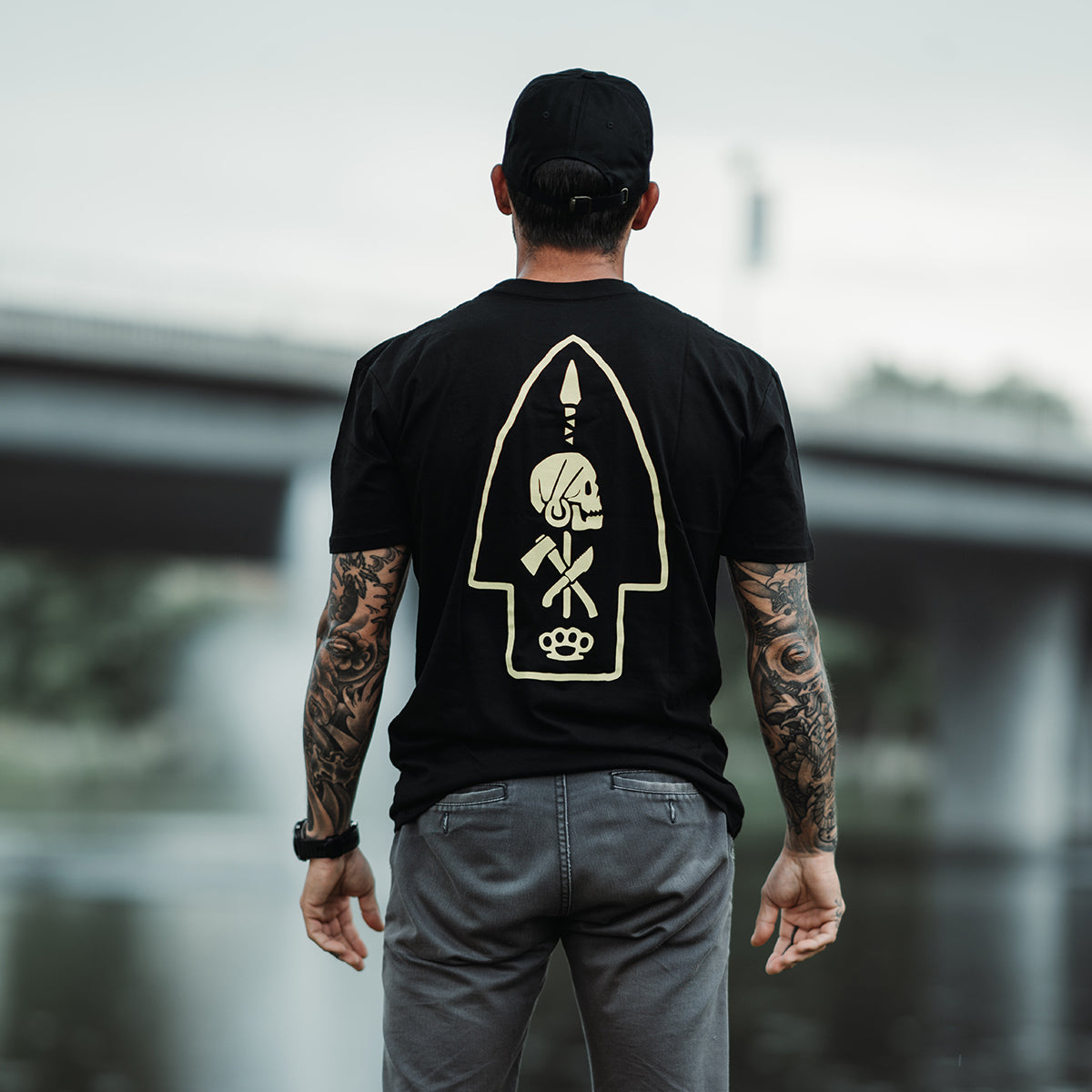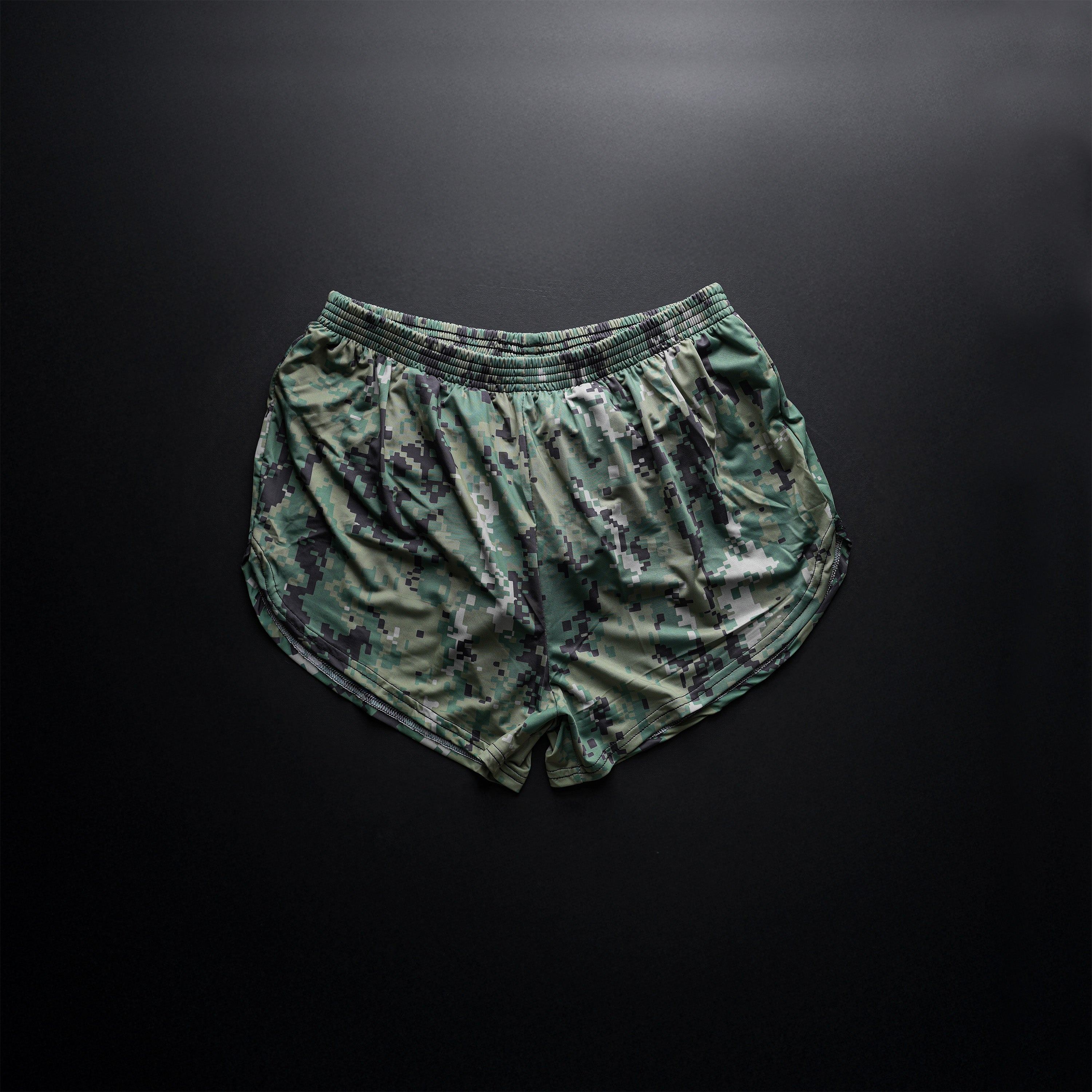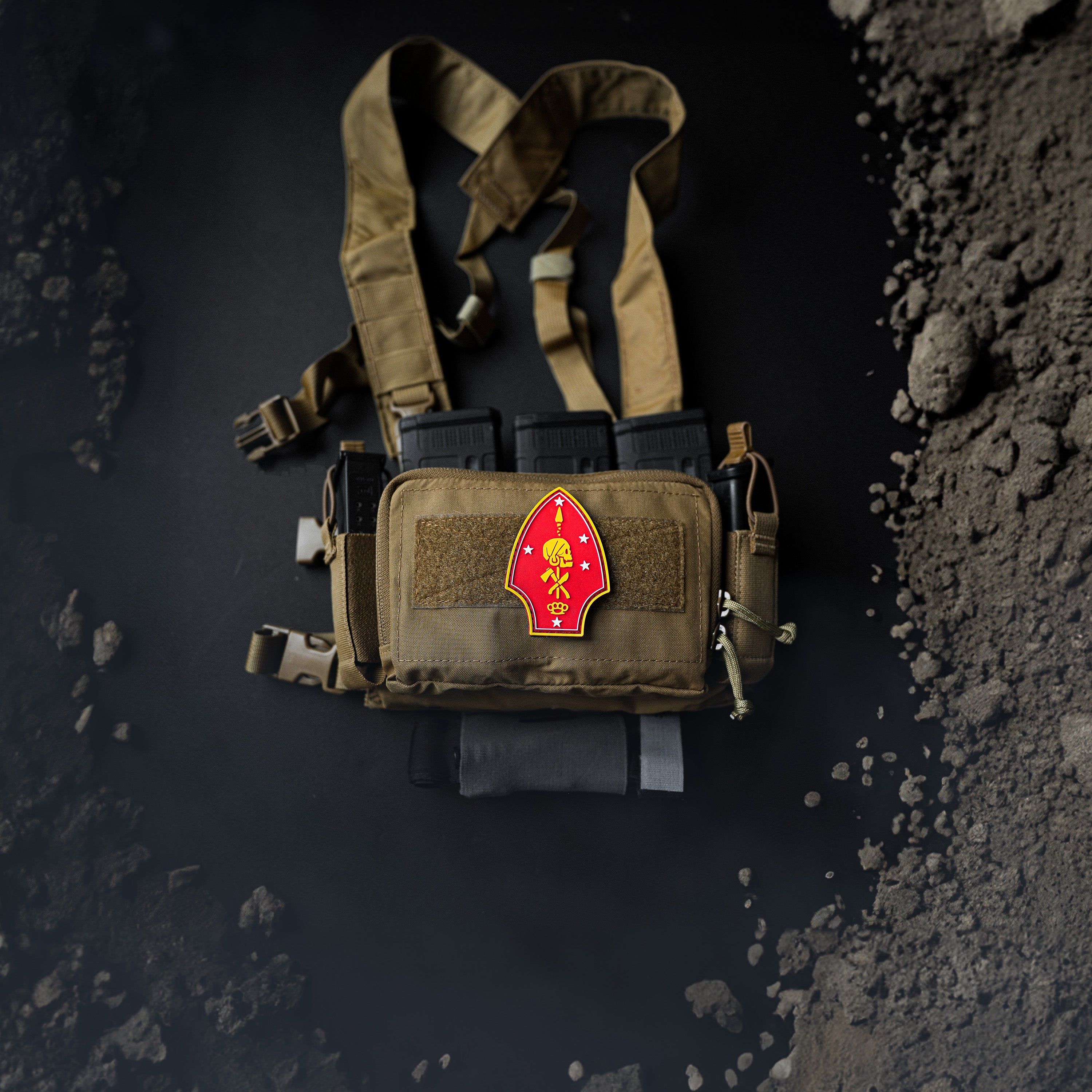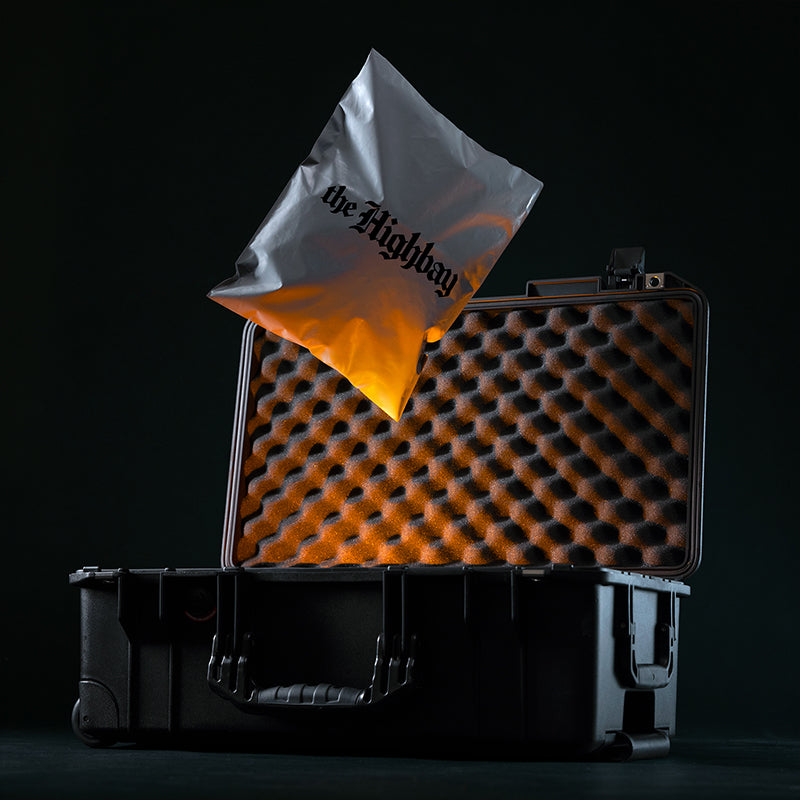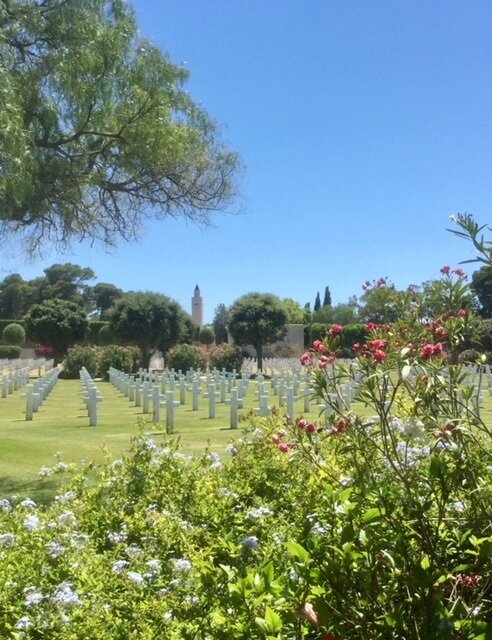
The North African American Cemetery and Memorial

Operation TORCH, the invasion of French Algeria and French Morocco by American and British forces, occurred on November 8th, 1942. This invasion was the start of the American efforts to liberate North Africa and later Europe from Nazi Germany. Several American service members killed in action during this invasion, along with almost 7,000 other Americans, are buried or memorialized at the North Africa American Cemetery and Memorial in Carthage, Tunisia. If you ever travel to Tunisia, which I highly recommend, it is a must that you make a trip to this beautiful and peaceful resting place for Americans, who made the ultimate sacrifice to liberate North Africa during World War Two.

Just a five minute taxi ride from the remarkable Roman ruins in Cartage is where this cemetery is located. Past the entrance gates is the visitor center, where my wife and I started our visit there in July 2017. The Tunisian director at the visitor center was amiable, helpful and offered us a cemetery tour. We first went to the Tablets of the Missing, a 364 foot long wall inscribed with the names of 3,724 service members, including 18 women, still missing in North Africa and the Mediterranean Sea from World War Two. Small rosettes next to a name on the wall meant that service members had been found and identified. At the end of this wall, we came to an open air map room with magnificent and large mosaic maps detailing the American & Allied campaigns in North Africa during World War Two. Located next to the map room is a wall with a memorial message beautifully engraved in French, English, and Arabic. After viewing these, we walked into the chapel, which contained these large Berber rugs, and was a great place to reflect and remember those buried there.

As we walked towards the cemetery grounds, I was struck by how well the local staff maintained the cemetery. The director apologized to us several times about the condition of some of the grass during our visit. I told him the grass was in excellent shape and not to worry about it, with it being July in North Africa. The cemetery contains 2,833 headstones laid out in perfect formation, divided into 9 rectangular plots. Walking through and looking at the headstones, I was reminded how great and diverse America is. Among the headstones, there are four sets of brothers buried side by side. Captain Foy Draper, a 1936 Berlin Olympic Gold Medalist in the 400 Meter Relay and teammate of Jesse Owens, is buried there. Four service women are buried there, along with 56 Jewish service members and one Marine. Medal of Honor recipient Private Nicholas Minue, a Polish immigrant and former Polish soldier, is buried there as well. Regrettably, there 240 Unknown service members buried in the cemetery, whose names are likely on the Tablets of the Missing, that we had seen we started our tour. As we reached the back end of the grounds, I noticed the beautifully manicured trees, bushes, and flowers surrounding the cemetery and the minaret of the Mâlik ibn Anas mosque, in the background, which provided a picturesque setting for this hallowed ground.
As a combat veteran, visiting this cemetery was a moving experience for me. The men and women buried in this cemetery died liberating North Africa from the fascist rule and the ultimate sacrifice they made, laying the foundation for the Allies to invade Europe and win the War. I was deeply touched by how the Tunisian staff at the cemetery, who had been without an American director for six years, honored the fallen, thereby working very hard to take great care of this sacred place. This cemetery is as immaculate as any American military cemetery that I have been to in Europe. The only thing that troubled me while visiting this cemetery is the lack of Americans that don’t see the cemetery. When I signed the guestbook, the last visitor that had signed in had been there two months before us. I know it does not have all the allure of Europe, but we owe it to these fallen heroes to honor them for the ultimate sacrifice they made for us and for future generations to come in this mostly forgotten campaign of World War Two.
Written By Hoyt Cruze
6/22/21

